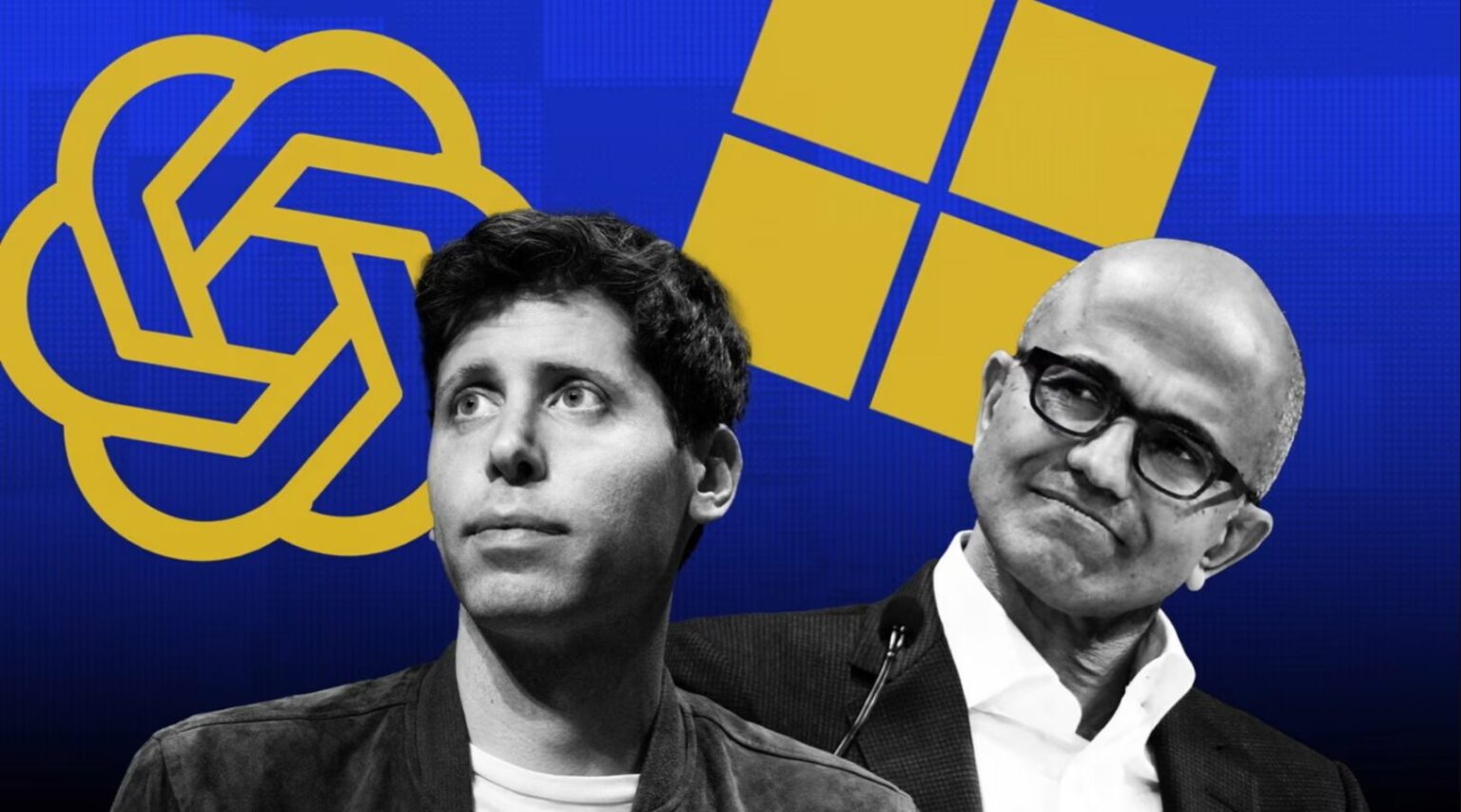Microsoft and OpenAI – In the rapidly evolving world of artificial intelligence (AI), partnerships between tech giants and innovative startups have proven crucial for development and growth. However, even the strongest alliances can experience tension, as evidenced by the recent strain in the relationship between Microsoft and OpenAI, a leader in the AI space.
Once considered a “bromance” between the two companies, their partnership is now riddled with disagreements and challenges. At the core of this issue lies a complicated mix of financial pressures, competition, and growing concerns over the dependence of both parties on each other.
This story of collaboration, tension, and competition highlights key challenges faced by AI startups, particularly their reliance on the tech giants that provide crucial resources like computing power. As the AI race accelerates, the dynamics between Microsoft and OpenAI offer an important glimpse into the future of AI development, partnerships, and the increasing complexity of the AI ecosystem.
The Initial Partnership: Microsoft’s Big Bet on OpenAI
The collaboration between Microsoft and OpenAI began with great promise. Microsoft, the technology behemoth, recognized the potential of AI early on and saw OpenAI’s ambitious goals as an opportunity to lead the AI revolution. In its initial years, Microsoft invested over $13 billion into OpenAI, providing not only financial resources but also cloud computing power, crucial for developing and training AI systems like OpenAI’s ChatGPT.
At first, the partnership flourished. OpenAI relied on Microsoft’s massive cloud infrastructure to train its large language models (LLMs) and roll out advanced AI applications. Microsoft benefited from the integration of OpenAI’s cutting-edge technologies into its own products and services, including its Azure cloud platform.
However, as OpenAI continued to innovate and scale, the partnership began to show cracks.
Financial Pressures: The Catalyst for Strain
One of the primary sources of tension between Microsoft and OpenAI has been financial strain. OpenAI’s operational costs are skyrocketing, particularly as the company expands its AI capabilities. In 2024 alone, OpenAI is projected to lose $5 billion, with computing costs expected to soar even higher in the coming years, reaching an estimated $37.5 billion by 2029.
These mounting costs have forced OpenAI to request additional investment from Microsoft, leading to difficult negotiations.Microsoft, while recognizing the value of its relationship with OpenAI, has grown increasingly wary of the financial burden.
As OpenAI’s requests for more computing power and funding continued, Microsoft began exploring other options. In March, Microsoft made a strategic move by hiring a significant portion of the staff from Inflection, a competitor to OpenAI. This signaled a shift in Microsoft’s strategy—diversifying its AI investments and hedging its bets.
Gil Luria, an analyst at D.A. Davidson, noted, “Microsoft could be left behind if it is only using OpenAI technologies. It is a real race—and OpenAI may not win it.”
OpenAI’s “AGI Achieved” Loophole: A Strategic Threat
As tensions mount, OpenAI is reportedly considering using a unique contractual clause to gain the upper hand in negotiations. Embedded within their agreement with Microsoft is a so-called “AGI achieved” loophole.
